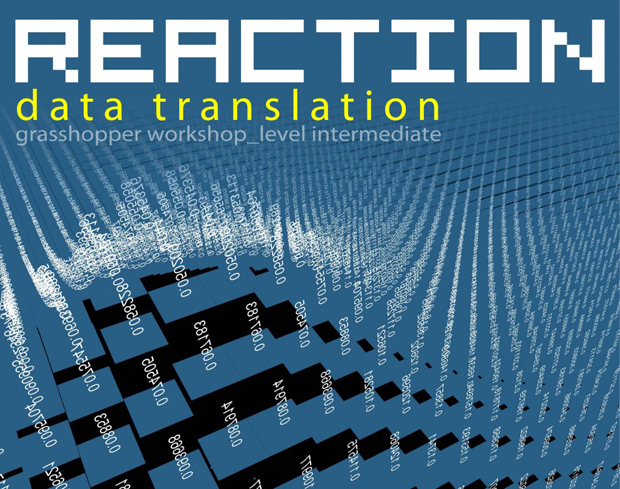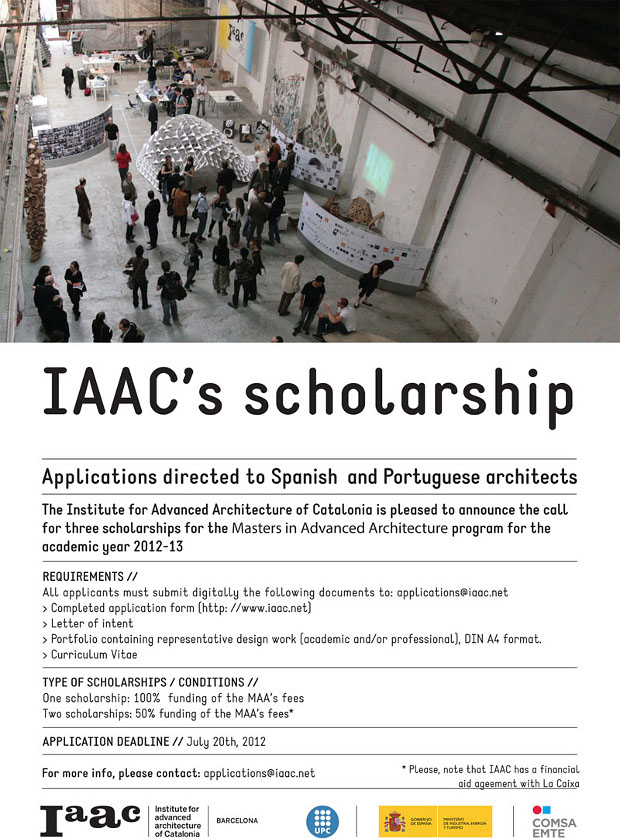
In 2009 we had the pleasure to lead the final thesis projects of a group of international students taking the Master in Advanced Architecture at the IAAc —Institute for Advanced Architecture of Catalonia.
Among them, we met Kalpit Ashar, who developed as final thesis a project in his home city Mumbai, dealing with informality and social processes. I am happy today to introduce you to the work of MAD(E) IN MUMBAI, and the office established by him together with his partner Mayuri Sisodia. In their own words:
The office provides comprehensive design services in the fields of public institutions, high density housing, environmental infrastructure, community design, landscapes and territorial planning. MAD(E) IN MUMBAI takes its shape in the madness of Mumbai city. This crazy patchwork of ideas, experiences and materiality becomes a repository and laboratory for the studio. It is a departure point for its speculation and practice.


Urban repository – Images: Mayuri Sisodia, Jacob Wilson and Ming Deng
They work closely with the chemistry of the city to discover potential fields of operation. The belief of the practice lies in looking beyond the visible for the unseen and for absurdities of things and places.
Together they have won many national and International design competitions which include Flood resilient Housing Design for Gorakhpur, Revitalisation of Banganga Crematorium, and Regional cultural centre for sustainable community by IAHH and Kalanagar traffic junction Urban Design competition by BMW Guggenheim lab.

Aqueous commune, flood resilient habitats in the city of Gorakhpur
For example, Aqueous communes are flood resilient habitats in the city of Gorakhpur, a city in mid-Gangetic belt. They are Community built initiations that accommodate changing rhythms of Rapti river and make them part of everyday life of its inhabitant. They change imagination of water from an enemy to a friend and celebrate it and make peace with it through design. These aqueous communes multiply along the landscape to contribute to its resilience and develop into an intimately stitched neighbourhood.








